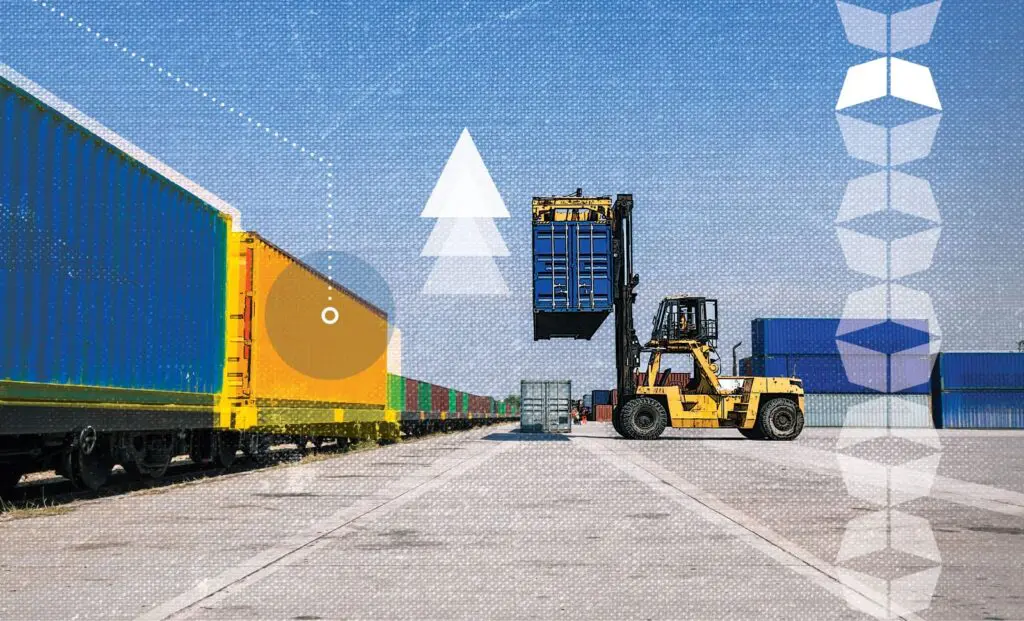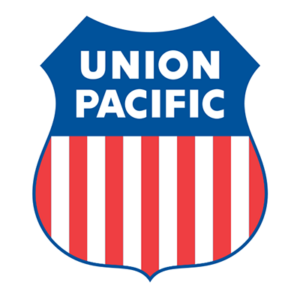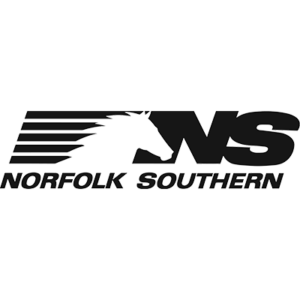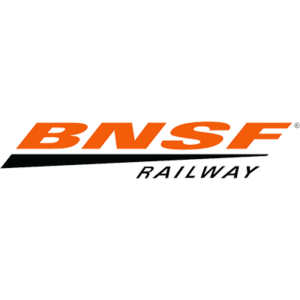Rail Served Warehouses
WSI combines extensive rail network experience with exceptional service to reduce logistics costs and ensure efficient transport. With a seasoned team skilled in transloading and bulk transfers, we guarantee safe and swift movement of goods between rail and warehouse, keeping your supply chain flowing smoothly.
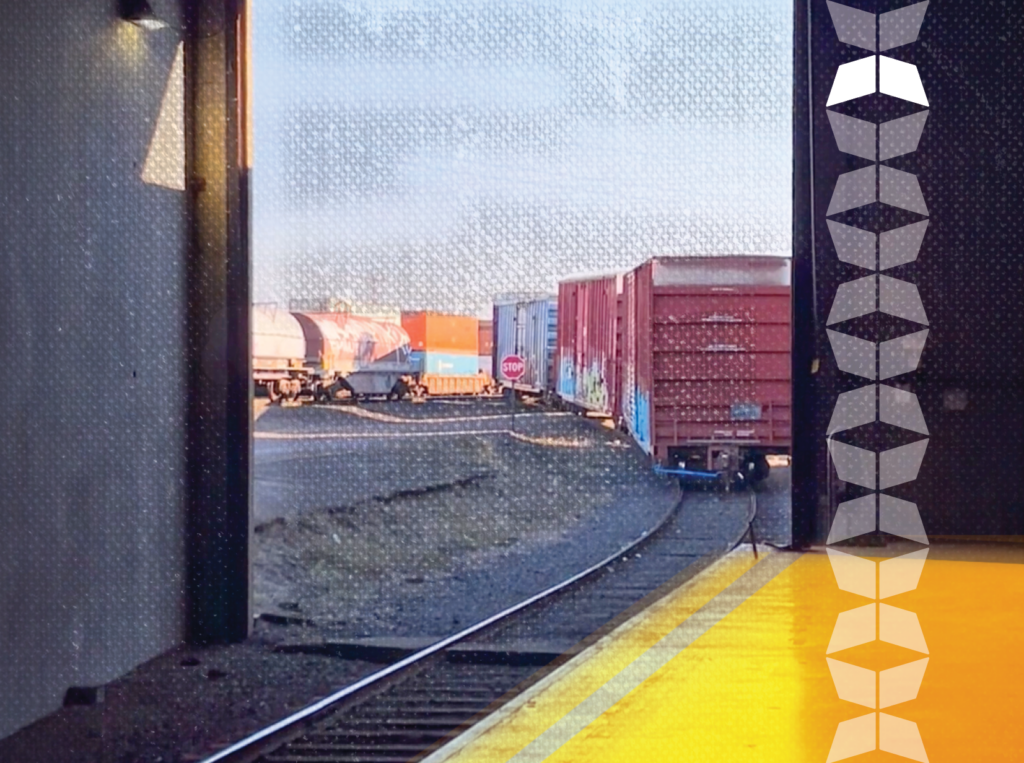

Dallas, Texas



Rail service by Canadian Pacific Kansas City with an open reciprocal switch to Burlington Northern Santa Fe and Union Pacific

Wisconsin

Railway Access to Canadian National (CN)

Chicago, Illinois

Rail service by Canadian National (CN)

Allentown, Pennsylvania

Rail service provided by Norfolk Southern (NS)

Portland, Oregon


Rail service by Burlington Northern Santa Fe (BNSF) and Union Pacific (UP)

Los Angeles, California


Railway Access to Union Pacific (UP)
Learn more
Railway Access to Burlington Northern Santa Fe (BNSF)
Learn more

Denver, Colorado


Rail service by Union Pacific (UP) and Burlington Northern Santa Fe (BNSF)
Rail-served warehouse network
With one of the largest privately held networks of rail-served warehouses in the country, WSI has both the infrastructure and expertise to handle all your warehousing needs. We proudly manage rail volume between 25,000-30,000 carloads annually.
Railroad warehousing is a specialty of WSI and is available at all of our public facilities with rail siding access.

Advantages of rail-served warehousing with WSI
When you choose WSI as your 3PL partner, you’re gaining a partner with a proven track record of success.
Here’s why we stand out:
Strong railroad relationship
Our excellent relationships with various railroad companies ensure smooth transitions and on-time deliveries.
Equipment
Our facilities are equipped with state-of-the-art equipment to handle a variety of goods safely and efficiently.
Inventory management
Our sophisticated inventory management system ensures accuracy and transparency, giving you peace of mind.
Reliable results
We deliver reliable results, ensuring your goods arrive on time and in perfect condition.
Convenience
Our nationwide network of railroad warehouses means we’re always close to your operations.
Excellent customer service
We pride ourselves on providing outstanding customer service, always ready to answer questions and solve issues.
Explore transloading services with WSI
Transloading services also play a role in optimizing supply chain efficiency and reducing costs. Whether your needs involve rail-served warehouses or straightforward truck-to-truck transfers, our experienced team at WSI is equipped to provide top-notch solutions.
